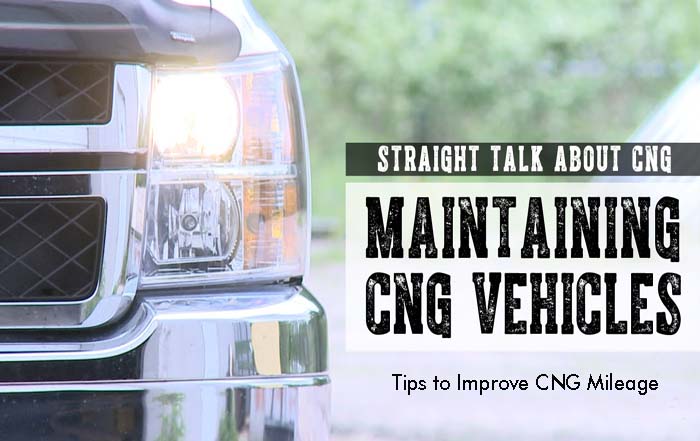How to increase average of CNG car :-
Often CNG car owners are worried about getting a very poor average from their CNG kit. As a thumb rule, one can expect 40-50% increase in efficiency per KG of CNG compared to a litre of Gasoline – so if your car returns an efficiency of 10 km to a litre, you can expect 14-15 kms to a KG of CNG depending upon what technology (venturi or sequential ) you are using. Roughly we can say 1 kg of CNG gives about 1.5 times mileage the mileage of a petrol car.
Some main tips to increase average of a CNG car :-
1) Keep the car air filter clean and if possible replace every 5000 km. CNG is lighter than air, cleaner the air filter, your air fuel ratio would always remain stoichometric (ideal) to ensure good efficiency. Using a stock high flow air filter like K&N is also a good option as it never gets fully choked and has high service life upto 1.5 lac KM’s. It fits into the car’s orignal air filter box and no modifications is required to install it. We recommend installing K&N in newer cars as they have virtually unlimited life thus making them more economical than a normal paper filter cartridge which you need to change every few thousand km’s.
2) Replace Spark plugs every 15000-20000 kms. CNG’s ignition temperature is much higher compared to Petrol and a much stronger spark is needed to ignite CNG – even though the spark may be good enough to ignite Petrol it does not mean that it would ignite CNG as well – so one should ensure a good set of plugs (never change 1 plug) and ensure same code of spark plug as prescribed by the car manufacturer with same heat range. Using a silver spark plug like BRISK www.briskracing.in is a proven solution for increasing CNG kit mileage in cars as it gives very strong spark being made of Silver material and has almost double life than normal Spark Plugs. Good spark ensures that the gas fuel air mixture is ignited fully in the engine ensuring that no fuel is left unburnt resulting in higher CNG kit mileage.
3) HT leads and Ignition Coil should be in top condition to ensure strong sparks to ignite the Gas-Air mixture fully in the combustion chamber of the car which would help increase CNG kit mileage. A weak coil or lead can result in poor ignition, jerks and thus poor efficiency from the engine.
4) Get Ignition Timing and Valve clearances adjusted every 40000 km for best efficiency as most CNG cars get valve clearances affected with long term use which can detoriate the engine power and reduce pick up and engine efficiency. Its advisable to use a valve saver fluid like JLM for engine protection and higher mileage.
5) Proper Typre pressure in all four tyres ensures that there is no additional load to the vehicle movement. Always keep tyres inflated as per the manufacturer’s specs and check your tyre pressure in cold condition and not after a drive.
6) A worn out clutch of the car can reduce the mileage of the vehicle drastically as it does not let the engine power transfer to the wheels resulting in loss of efficiency and waste of fuel. Always make sure that your clutch play is properly adjusted and do not ride the clutch.
7) Getting a good calibration and tune-up /tuning of CNG kit is of prime importance to ensure that you get good efficiency from the CNG driven vehicle if all other parameters are in good order. Often installers calibrate ignoring the vehicle’s OBD fuel trims which is a very important factor helping to calibrate the car on alternate fuel for best efficiency, higher pick-up, bringing up MIL lamp for fuel trim mismatch and lower emissions. Ask your installer to use a OBDII scanner / tool for calibration and tuning of your CNG Kit ( this comes built-in with EVO CNG kits) .
8) Check for Gas leakages which can result in lower mileage from the vehicle and is the simplest remedy in most cases. Often micro leaks get un-detected with the normal soap solution based leakage checks thus resulting in very small amounts of gas being leaked all the time lowering the mileage and also causes a big threat to your safety. Ensure that your CNG kit is 100% leak proof with a Gas Detector




Leave A Comment